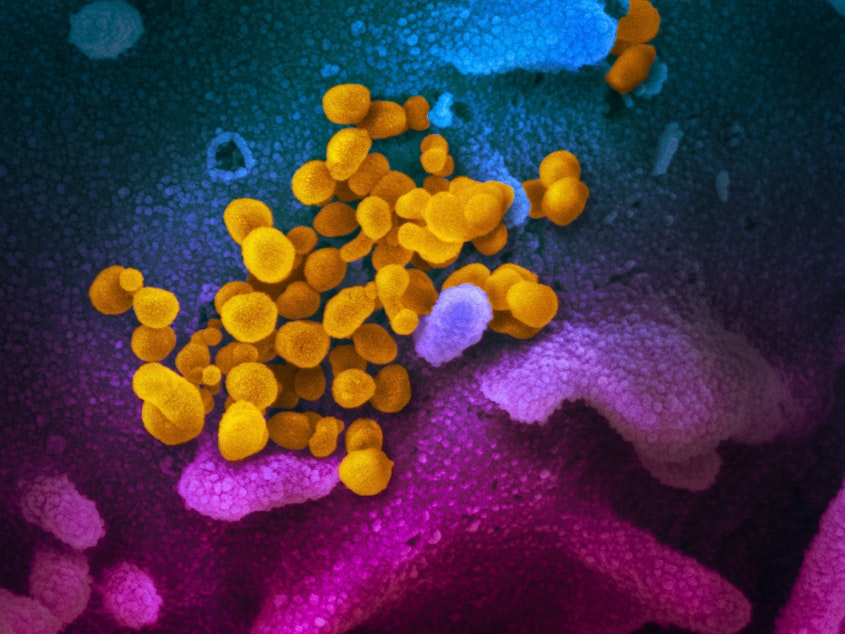Seattle area COVID-19 epidemic shows signs of slowing down, experts say

Mandatory social distancing orders in Washington state appear to be mitigating the spread of the coronavirus in King County, according to new report from the Bellevue-based Institute for Disease Modeling.
But the new findings are inconclusive and local health officials caution against rolling back social distancing orders prematurely.
Based on a simulation built on COVID-19 testing results and death data, local researchers estimate that the potential for new infections is lower than it was at the outset of the local coronavirus outbreak.
Epidemiologists evaluate the number of people that might contract a disease from an infected individual by calculating a disease's basic reproduction number. In other words, understanding whether a single person is more likely to infect one or three other people with their illness is critical for developing disease mitigation strategies.
In King County, that number is believed to have dropped from approximately 2.7 additional cases per infected individual to 1.4 — or by half — up until March 18. The ultimate goal is to get the reproduction number as far below one as possible.
"Because each infected person is spreading to more than one secondary person, on average, the epidemic is still growing," said Daniel Klein, one of the researchers behind the new Institute of Disease Modeling report.
More recent data from prior to March 24 indicate that the coronavirus transmission curve could be flattening. But that doesn't mean it's time to let up on social restrictions, officials say.
Sponsored
"The bottom line here should be that what we're doing now appears to be working, that we should in no way take these findings as an indication to relax our social distancing strategy, that we need to continue this for weeks," said Jeff Duchin, public health officer for Public Health — Seattle & King County.
Duchin added that expanded testing capacity is critical for gaining a better understanding of the trajectory of the outbreak. But before we emerge from the epidemic, experts say, there will be a peak in the number of COVID-19 cases.
There are two ways we'll arrive at that point, according to Klein: either we can maintain our current social distancing practices until the number of new cases dwindles, or we could allow everyone to get the disease.
"And in that way, transmission stops because there's no susceptible people to receive the infections," he said of the second option. "But we know and then models that show is that this would cause a great potential loss of life and suffering."
Researchers with the Institute for Disease Modeling say they expect to have more reliable data in the coming days, which will give them a better understanding of the COVID-19 reproduction number in King County.




